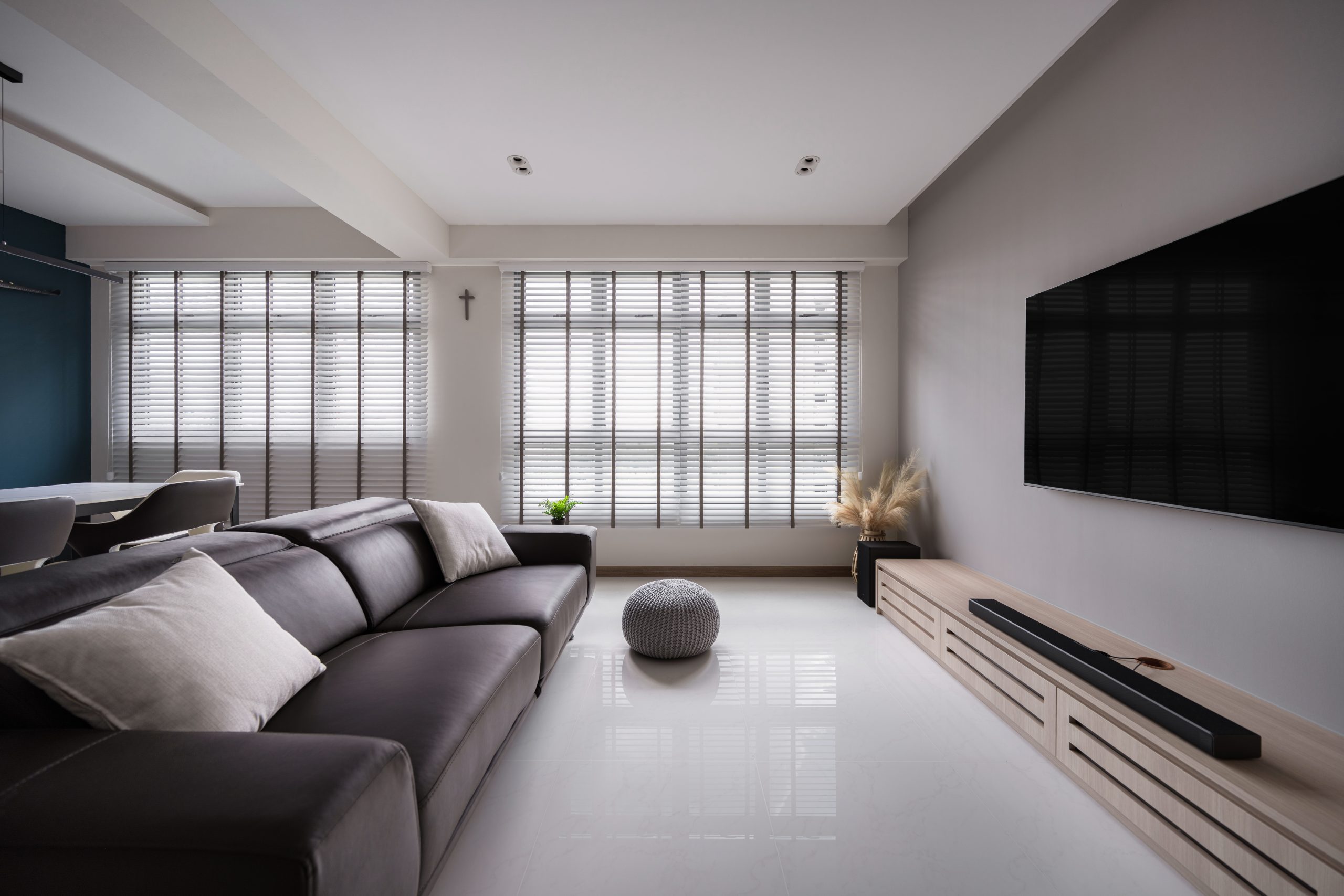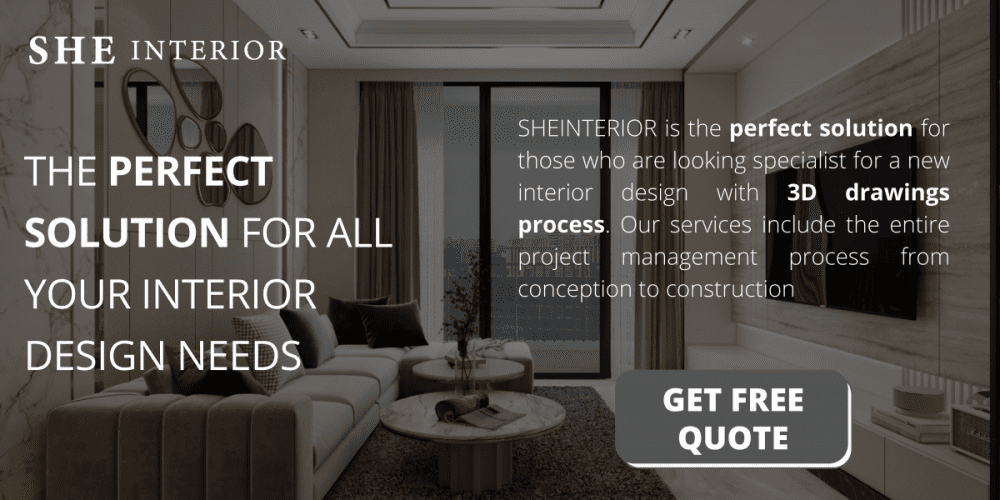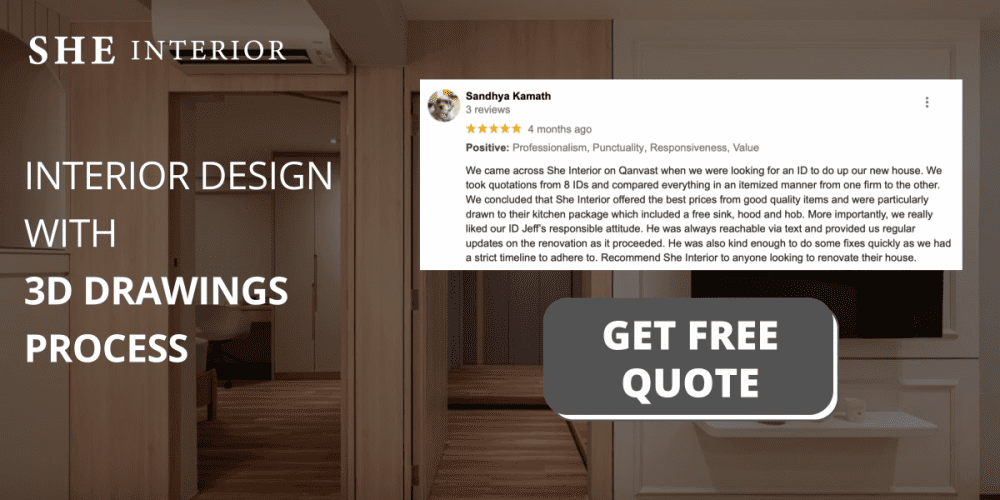Whether you believe it or not, how you decorate your home affects how harmonious you feel in your space. Residential interior design concept is just one reason people worldwide are so stressed. They are under too much pressure, and, for many, it’s affecting their health. There is always more to do than you have time for. We live in a world that makes us constantly busy.
When you come home from work, does it put you at ease? Are the clutter and clashing decor putting you more on edge? Do you want to know how to make your residential interior design more comforting and intriguing? Let’s read on these 6 facts:
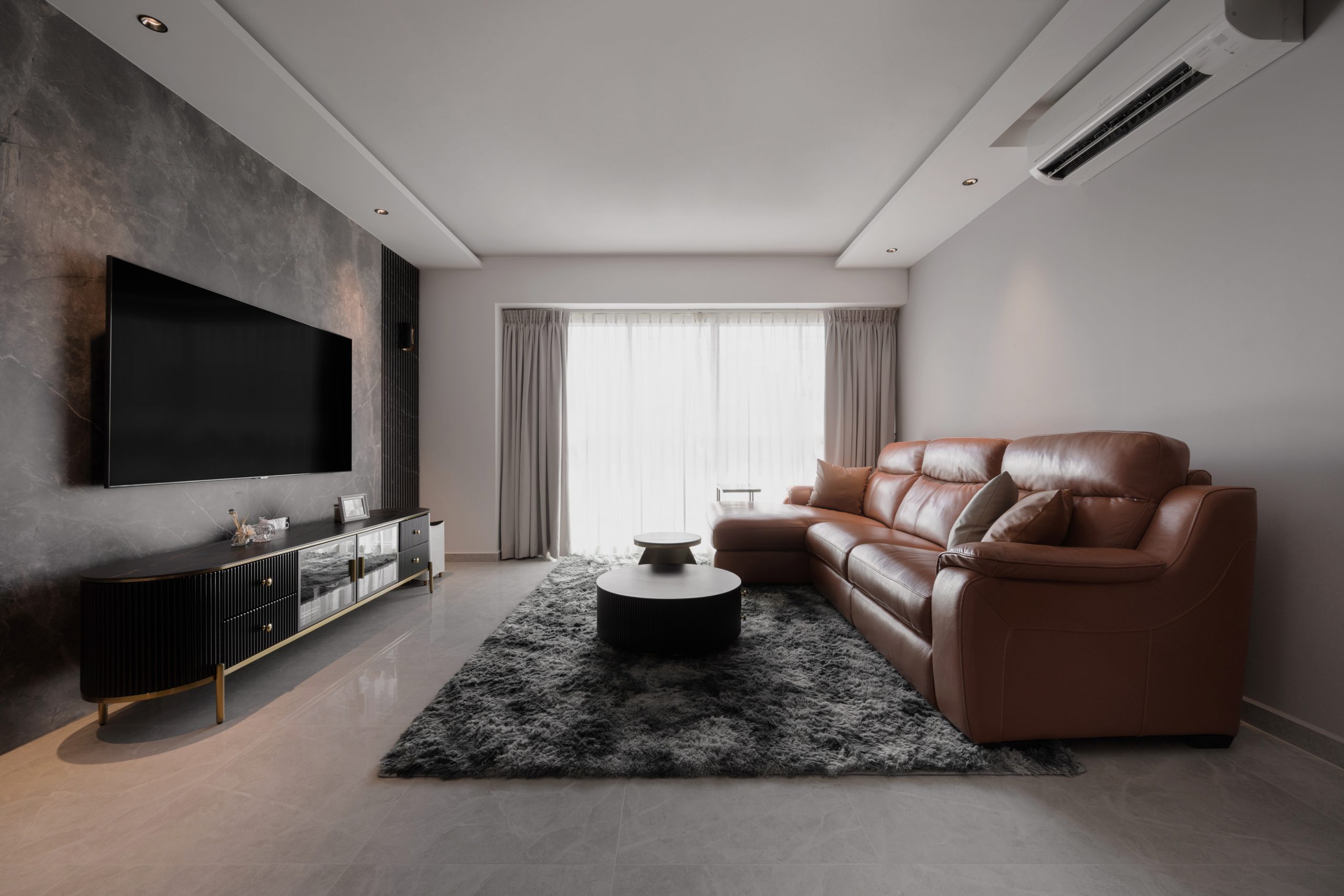
What is residential interior design in Singapore?
It is the process of designing your own home or HDB and choosing which of the available designs is most suitable for you. The objective of these design-for-clients firms is to create interior spaces that are functional and reflect the client’s style preferences. A house is a place where people live and have fun together. They often decorate the house to their personal preferences and taste.
A home-staging consultant can have clients who live in the same suburb but have different home needs. Residential design can ensure that each condo is unique to the homeowner. There are different colours in homes that are used for different purposes.
Residential interior designs for childless singles are not the same as home designs for different age groups. A three-bedroom HDB layout needs to be used in different ways. The furniture in your child’s bedroom has to be easy to fit. A childless single person could use the extra bedroom as a guest room.
How does residential interior design projects work?
Residential interior designers work with contractors to create well-built interiors that offer stylish and functional living spaces. It’s possible to be both. An interior designer might also be an architect. Whether you want to learn about architecture or residential interior design, you’ll need to learn about art and science. Planners and interior designers must know how to work with both.
Planners: Planners have the responsibility to design the overall look of a building and oversee the construction process. A successful architect creates beautiful designs that are both functional and pleasing to the eye.
Residential interior designers: Interior designers create the visual appeal of a space. Their job is to design a space with beautiful furniture and decor items. They also make sure the space is comfortable, safe, and well-lit. The interior designer might work with an architect to create the overall look of a space.
What are the 6 types of residential interior designers?
Nautical residential interior design style
This type of design can be created by painting your door in bright colours, decorating the wall with a large mirror or adding a decorative mirror inside the house. You will feel warm on the beach. Cottage or coastal style décor can be seen in nautical décor. The colour of sand or white is the basis of the design. Jute ropes, sails, shells, and so forth have been put in clear jars since the coastal theme. A designer would use unfinished wood to bring a view.
Contemporary residential interior design style
There are a lot of people who feel that the modern style is contemporary. But, in reality, both styles are quite different from one another. But, the designers are using both modern and contemporary style in an interchangeable pattern. These modern shapes and curves flow naturally and are designed to be worn by any body type.
Elements in Contemporary Designs
- Natural light is utilized.
- Open spaces are included.
- Natural and textural fabrics may be used.
- There are either very dark or light wood tones.
Traditional residential interior design style
Traditional interior designs revolve around classic designs. The traditional home furniture is typically crafted from wood that has been hand-crafted into designed pieces. Here are the key elements of the traditional interior design style:
- A big part of the design is the wood panelling.
- The beauty of the classic European decorating style can be seen in this design style.
- Pieces from the past are a part of it.
- Silk or velvet tiles are used here.
- Dark and sober colours are preferred.
Modern style for residential interior design
A fresh, modern home design makes your home look more modern than ever. The materials used in this type of design are mainly glass and steel. This looks beautiful, but it’s pretty simple and easy to do. The clean, simple, and stylish furniture design distinguishes it from all the other designs worldwide.
Elements in Modern Interior Design
- A neutral colour with primary colours can be a bold colour.
- There are plain area rugs or geometric pattern ones.
- Floor plans are open.
- The furniture will have clean lines and a sleek surface.
- Asymmetrical design with intentions.
- The person is getting an artistic look.
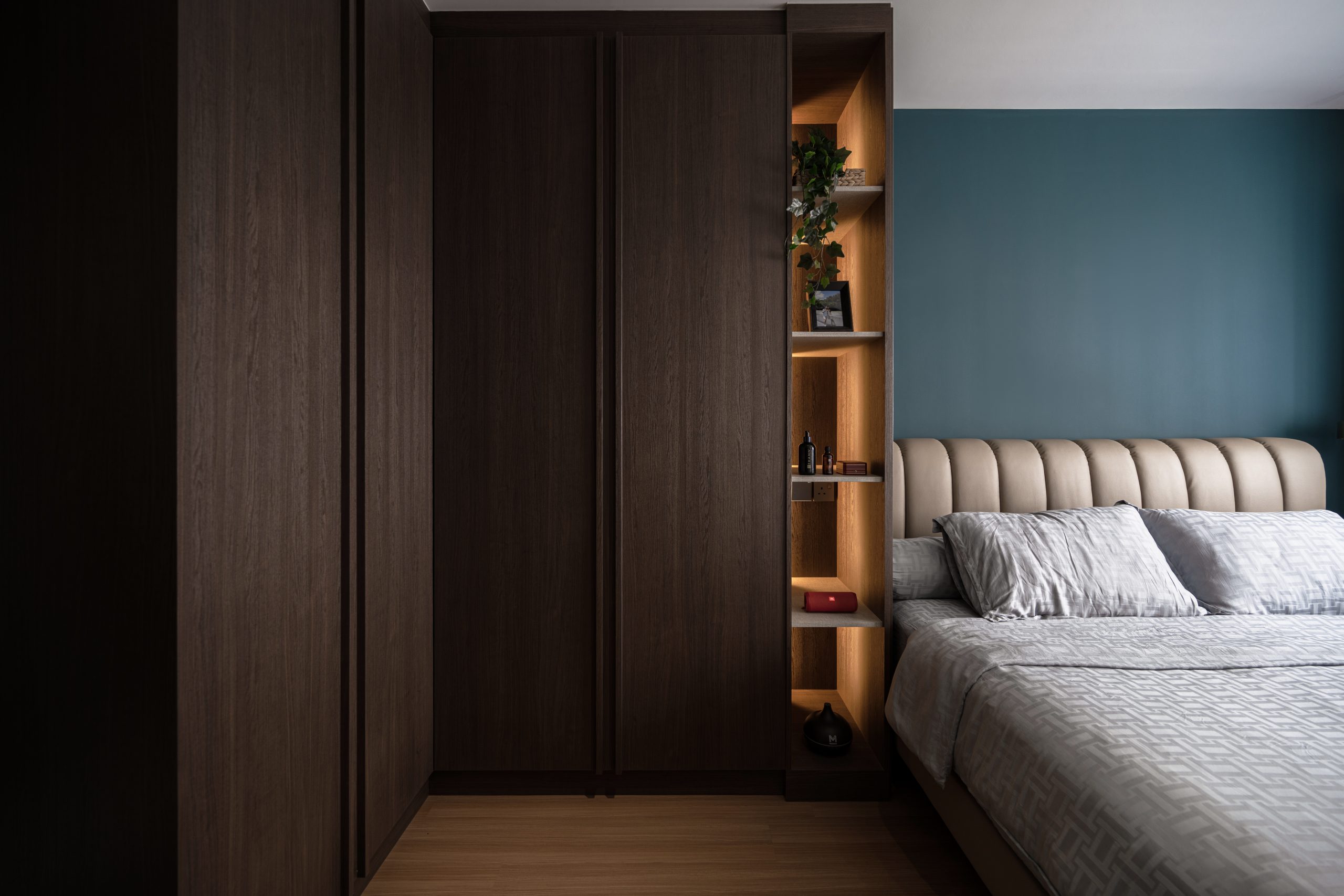
Industrial style for residential interior design
This type of design is for a factory, warehouse or something related. The designer does not have to make it like a home or office. There must be a sense of unfinishedness in interior design. The exposed brick will be presented.
Elements in Industrial Interior Design
- This should have a high ceiling.
- The old timber can be used to build interiors.
- It’s possible to use the metal fixture inside.
- The idea is to put abstract art in.
- The neutral colour scheme is ideal.
Minimalist residential interior design style
This is one of the newest interior designs with minimal accessories and fixtures inside. Whether you live in a small HDB or an expansive home, it’s essential to make your space as pleasing as it can be according to your taste. All those who love the simplicity of the essence are welcome to enjoy the minimalist look of this design.
What are the 5 stages of the design process residential interior design?
There is always room for creativity in art and design. Some basic interior design principles should be considered when creating something that will appeal to all of the senses. Here are the importance of residential interior design principles include:
- Balance
- Scale & Proportion
- Harmony
- Rhythm
- Emphasis
While this is an interesting set of principles for anyone designing a home, they become far more complex when applied to interior design.
How do I design my house interior?
We love the design industry, but many want to have designer-like rooms, not the designer’s price tag. We are confident that these tips on how to interior design your home can make that happen. Here are some tips on how to do your interior design:
Look for inspiration on magazine and interior design websites
There are boards for the home you want. The first step in creating a dream home. Mood boards of those ideas can be created from design ideas collected from websites. You can use the MyMOVE app to find photos that interest you, or you can use them to create a design collage. A hunt-and-gather approach will help you build a design library of inspiring images and ideas.
Create colour scheme
It’s important to choose a colour scheme for the design you want to put on. The tough part is here. It’s difficult to find shades of one colour that are all beautiful if you love colours. The colours that make your house look good are the ones you choose. This will help you decide how to colour your room, so it looks more like inspiration.
Pick a focal point
Too many small, spindly pieces in one room are a common mistake most homeowners make. A room filled with small, skinny, leggy tables and lots of little knick-knacks only makes the room feel messy and confusing. A well-mixed room should have a large sofa, some club chairs (so you can’t see the legs), and a few slender armchairs with attractive carved legs (depending on space).
Create texture in your home interior design
The texture and colour are both important. To get a single-colour scheme, such as all-white or all-grey, you must pay special attention to the texture. If you look at the room carefully, you will see that it is more of a spectrum than a single colour.
It’s possible to bring a boring room into sophistication with texture, patterns and colours. The type of style you want to use should be the first thing you do. The texture is what makes a space beautiful.
What are the 7 principles of residential interior design?
Whether you’re creating a custom design for yourself or your client, the seven principles of interior design can be incorporated into your design. Combining design elements to make an attractive look helps you accomplish that.
Each home should have these elements at its foundation. These are the basic principles of any interior design. This is a necessary part of any eCommerce website build. The following background information may present examples of specific aspects of the prior art. These seven principles of interior design are:
- Balance
- Emphasis
- Contrast
- Rhythm
- Proportion and Scale
- Harmony & Unity
- Details
Design your residential interior design space with SHE Interior
If looking specialist for a new interior design with 3D drawings process, SHEINTERIOR is the perfect solution for specialists looking for a new interior design with 3D drawing process. Our services include the entire project management process from conception to construction, including architectural and engineering services. SHEInterior is the perfect solution for all your interior design needs. Get your best home design plan and result with us! Contact us here for more information or visit our showroom at 21 Woodlands Close #09-43 Singapore 737854 (Primiz Biz-Hub).
